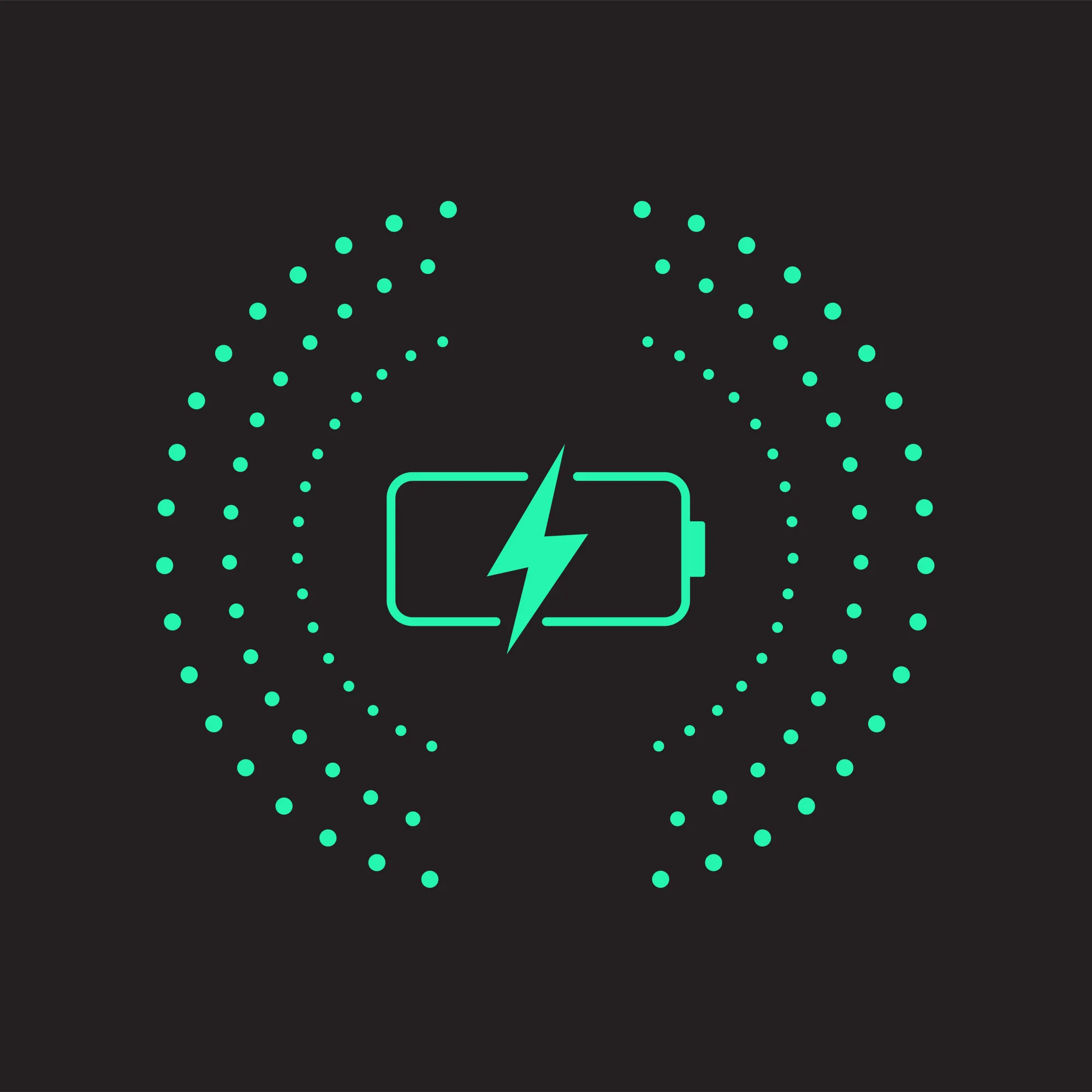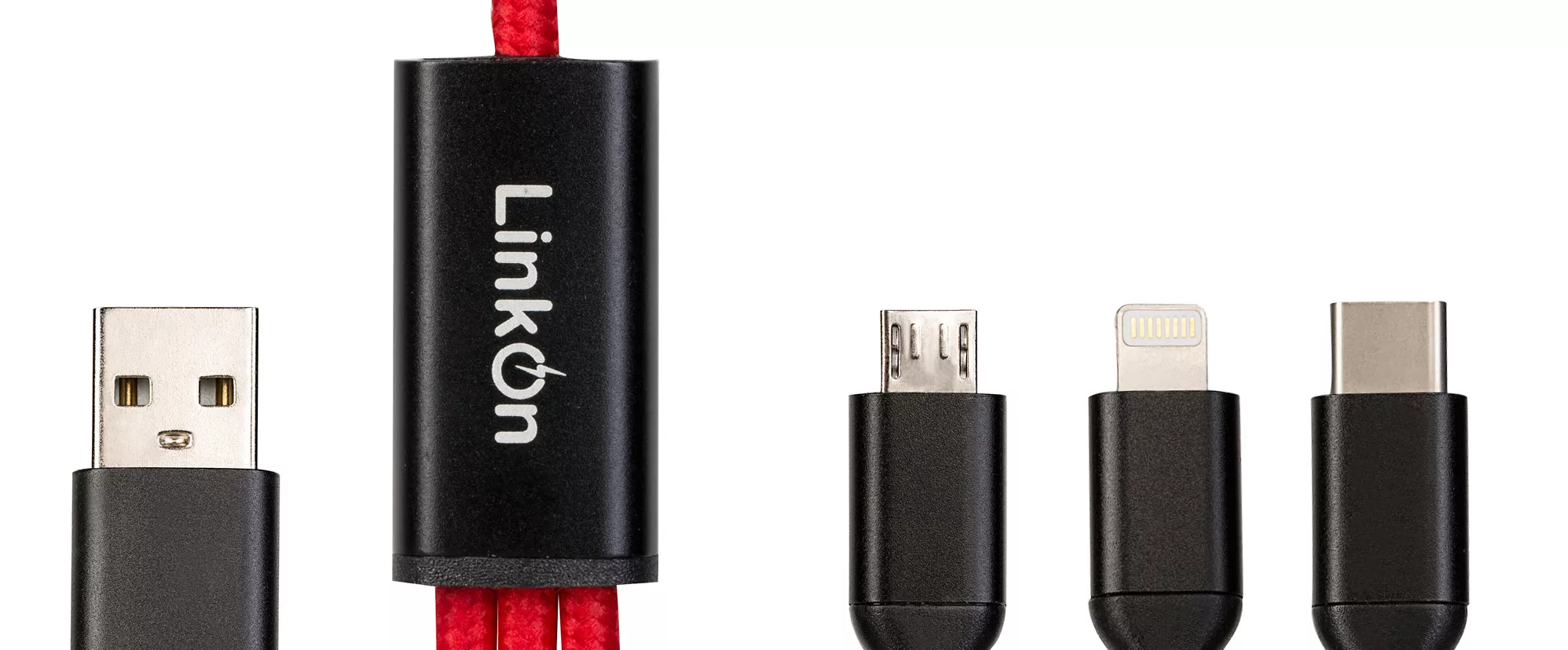
USB Power Delivery PD3.1 - Revolutionizing USB-C Charging
Mobile devices have become faster and smarter than ever but that goes with higher and higher demand for power. As the world of USB charging is constantly evolving, the arrival of USB Power Delivery 3.1 (PD3.1) is a major leap forward for modern tech users. Whether powering a laptop, or smartphone, PD3.1 redefines what’s possible with USB-C connection.
How it came to be?
Several years ago, each vendor was trying to tackle the need of more and more power while maintaining acceptable size on their own. The result was a large ecosystem of proprietary standards and a complex compatibility matrix to go with them. To answer this growing complexity USB-IF (USB Implementors Forum) organization came up with the USB Power Delivery standard. The result was a capability to deliver up to 100W over the newly developed USB-C standard plug.
While range of voltages (up to 20V) and amperage (up to 5A) was standard at that time, the power profiles were still limited.. For instance, all the 5V, 9V, 12V and 15V power profiles were limited to 3A while the maximum of 5A was only available for the 20V power profile. Many hardware vendors who wanted to use low voltage and high amperage for fast charging could not use the available standard and needed to develop their own.
This is when the PPS (Programmable Power Supply) protocol was introduced. That allowed very precise voltage and amperage selection - anywhere in the range of 3.3V to 20V. . That was the final move, which made it convenient enough for vendors to adopt the open standard versus their own. This is how PD 3.0 came to be. It provided a lot more in terms of power and flexibility, but maxed out at 100W. While this was a considerable improvement, 100W was certainly not enough for some more powerful laptops. Manufacturers did not like the idea of having their users compromise with quality and performance due to lower power source connection, so disabling the USB-C Charging option seemed like the only way to go.
In May 2021, we got USB Power Delivery standard PD3.1. It enables delivering of up to 240W power, which resolves the power delivery limitation issue. It's interesting that that is not achieved by further increasing the current but by increasing the voltage beyond 20V. The maximum power output with PD3.1 is achieved with 48V at 5Ah. On one hand, that keeps the required cables thin and flexible as we like them. However, the higher voltage is certainly something to have in mind, as it hides higher risks for short circuits and failures, therefore would need a much more robust isolation.This has brought us to use the ERP (Extended Power Range) cable, which would deliver up to 240W, and can handle up to 50V at 5Ah. This leap means devices like high-performance laptops, monitors, and even some gaming equipment can now be powered solely via USB-C - no proprietary chargers or bulky adapters required.
How does PD3.1 compare?
|
|
PD3.0 |
PD3.1 |
|
Max Power |
100W |
240W |
|
Max Current |
5A |
5A |
|
List of supported power profiles |
5V/3A |
5V/3A |
|
9V/3A |
9V/3A |
|
|
12V/3A |
12V/3A |
|
|
15V/3A |
15V/3A |
|
|
20V/5A |
20V/5A |
|
|
|
28V/5A |
|
|
|
36V/5A |
|
|
|
48V/5A |
|
|
Required cable |
5A/100W e-marker cable |
EPR e-marker cable |
Key Benefits of USB PD 3.1
More power, more devices: With 240W output PD 3.1 can support a much broader range of electronics, from mobile phones to power-hungry workstations.
Universal Compatibility: Reduces the need for brand-specific chargers. One high-quality USB-C charger can power most of your gear.
Improved Safety: Built-in power negotiation and over-voltage protection ensure safe charging, even at high wattages.
Why It Matters in 2025?
With more devices adopting USB-C as a standard port, the demand for powerful, universal charging solutions has exploded. USB PD 3.1 enables true “one charger for everything” scenario, simplifying travel, workspace setups, and everyday life.
It’s also in line with the new global regulations, such as the EU’s USB-C mandate, which pushes for standardized, efficient charging accessories to reduce electronic waste.
LinkOn and PD 3.1
At LinkOn, we’ve embraced USB PD 3.1 across our next-generation wall and car chargers. Our chargers are built not just for speed, but for versatility and long-term reliability - helping you stay powered wherever life takes you. Want to experience the power of PD 3.1? Check out our product line.


